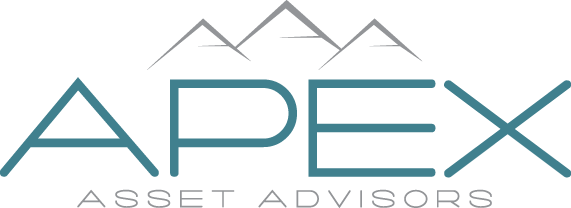Karen Doyle, Yahoo! Finance, March 16, 2024
Much has been made of the transfer of wealth that is expected when the baby boomers pass their wealth on to their children.
According to Cerulli and Associates, the silent generation (the one before the baby boomers) and their children (boomers themselves) will transfer $72 trillion in wealth to their heirs by the end of 2045. They will donate another $11 trillion to charity by bequest. Some of this wealth will be conveyed through trusts and generation-skipping techniques, but much of it will be passed on in more traditional ways – through wills and beneficiary designations.
For those people who have assets to pass down but not an amount significant enough to warrant complex estate planning, there is a variable that could impact their ability to provide generational wealth – healthcare costs.
Here’s what you need to know about how healthcare costs can impact generational wealth.
People Are Living Longer
Health care over the course of retirement costs more because people are living longer. In 1960, the average life expectancy in the U.S. was 69.7 years. In 2023, it was 79.11 years. This means that most people are retired for ten more years today than in 1960. That’s ten more years of post-work healthcare costs.
Fidelity estimates that a 65-year-old couple in 2023 needs to have $315,000 saved to cover their health care costs in retirement. That’s $315,000 – plus any investment earnings on that amount – from the amount these couples will have to leave their children.
Healthcare is Getting Better – And More Expensive
Improved healthcare and its associated cost is a double-edged sword when it comes to generational wealth. Improving healthcare means people are living longer. Better care means costs are increasing. According to Merrill Lynch, healthcare costs rise at about one and a half to two times the inflation rate.
Medicare Doesn’t Cover Everything
Many retirees think that Medicare will cover their healthcare costs in retirement. While it’s true that most expenses are covered, at least partly, some are not. Even a Medicare Advantage or Medigap policy will require some out-of-pocket spending. Choosing the right plan can minimize your out-of-pocket costs but won’t eliminate them completely.
Long Term Care Expenses Can Be Significant
There is one thing that Medicare does not cover and that can take a chunk out of the funds you expect to leave to your heirs: long-term care. If you require home health care, assisted living care, or skilled nursing care in a facility, you could conceivably spend $1 million or more of the money you’ve saved.
Genworth annually studies the cost of long-term care by state and type of care. In 2021, the company estimated that the national average for a home health aide was $5,148 per month. The average monthly cost for an assisted living facility was $4,500 per month, and the cost of a private room in a nursing home was $9,034 per month.
Let’s look at an example of how this can impact your ability to transfer wealth to the next generation. Suppose you need home health care for two years, and then move to an assisted living facility for three years. You then go to a nursing home for the last year of your life. Based on the 2021 average numbers, you would spend $393,960.
Here’s another example. Suppose one spouse requires skilled nursing care for five years. This would cost $542,040. The other spouse may also need care, so let’s assume they need assisted living for three years, at a total cost of $162,000. This couple will spend $704,040 of the assets they intend to leave to their children.
As healthcare costs continue to rise and people live longer, it’s easy to see how generational wealth could be impacted. These are important costs to consider when considering what you may be able to leave to your heirs.
This material is intended for informational/educational purposes only and should not be construed as tax, legal or investment advice, a solicitation, or a recommendation to buy or sell any security or investment product. Investments are subject to risk, including the loss of principal. Some investments are not suitable for all investors, and there is no guarantee that any investing goal will be met. Certain sections of this material may contain forward-looking statements. Forward-looking statements are not guarantees of future performance and involve certain risks and uncertainties, which are difficult to predict. Past performance is no guarantee of future results. Third-party links are provided to you as a courtesy. We make no representation as to the completeness or accuracy of information provided at these websites. Information on such sites, including third-party links contained within, should not be construed as an endorsement or adoption of any kind. Please consult with your financial professional and/or a legal or tax professional regarding your specific situation and before making any investing decisions.

